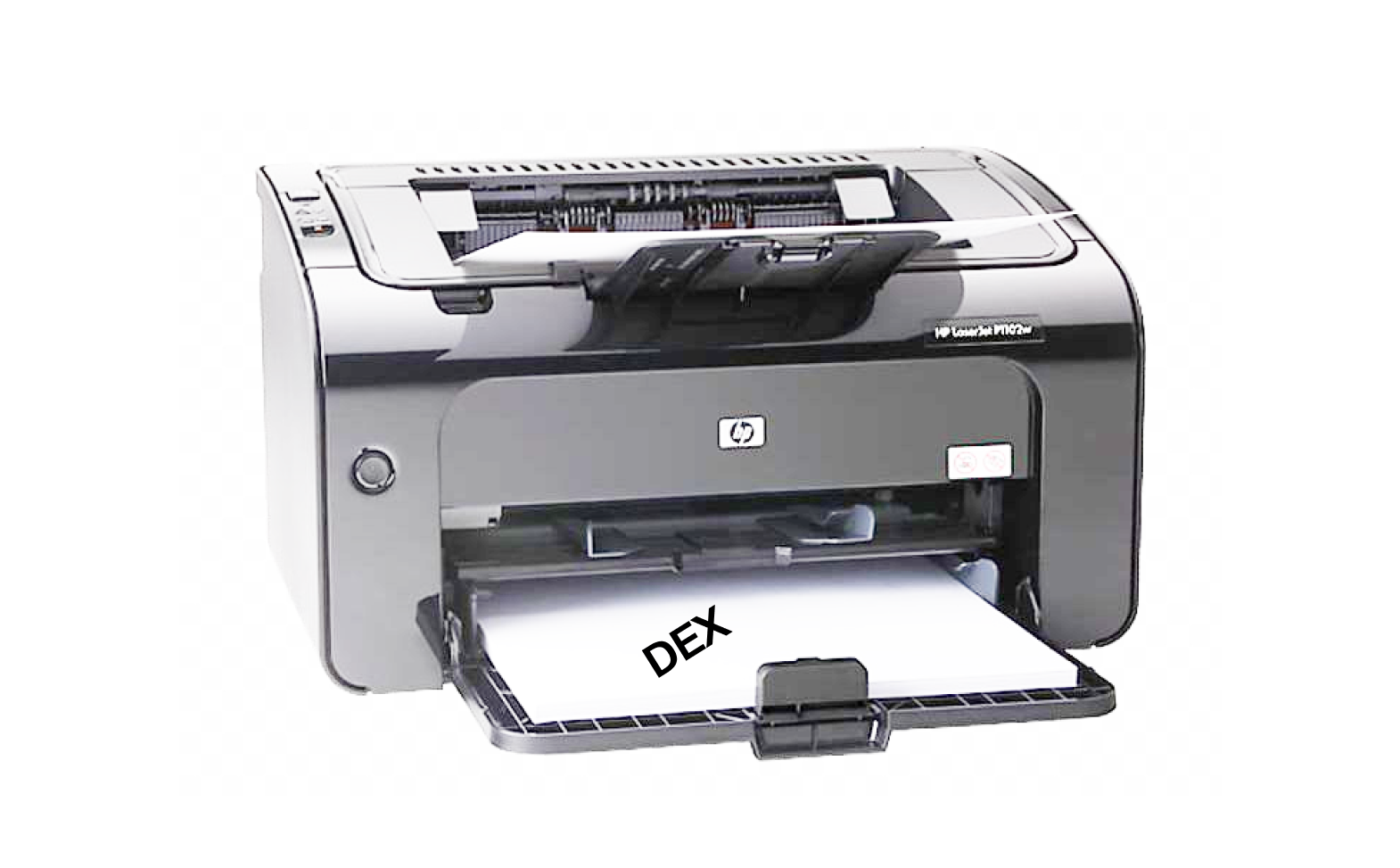Everything is quite trivial — I came to crypto in 2017, during the ICO boom.
I was studying a technical specialty — applied informatics and economics. My friend Nastya Moroz and I were studying at the same university, and she suggested that I read an article about Bitcoin. We started to look into it, delve into and study it. We had guys who were writing smart contracts, and we were helping manage it all. Nastya was then starting her own marketing agency, and I was assisting her.
I have had attempts to leave crypto. It's a very funny story. I decided that was it, I would go to analytics and become a programmer. I was invited to a project that, as it turned out, was doing yet another blockchain project. I thought that at this rate, I would never leave crypto. Everything dragged on again, and I was already helping in another crypto project as a manager.
2019 changed my career path. If before I was both a project manager, bounty manager, and community manager, then in 2019 I went to Vietnam as a BizDev in another blockchain project. It was developing a decentralized exchange, moreover, an anonymous one. Therefore, BizDev became my main direction in partnerships. And also the main bridge to DeFi.
There is no such profession as a bounty manager now. But in the ICO era, it worked like this: you write a White paper, announce that the project will be on the blockchain and then say where to send donations. Part of this process was marketing a bounty program. This is when you agitate the audience to create a buzz around the project, and in return — distribute tokens. So, in such a case, a manager calculates how many tokens each person has earned. Also, he or she is responsible for raising this noise: reposts, articles, likes.
It's good that this no longer exists. Now everything works differently. You distribute tokens as a retrospective drop. For example, to those who have been with the project from the very beginning. So, bounty managers are not needed now.
Now I am into finance management. I work with DeFi. Among all the tools, I like Uniswap V3. I'm actively "playing" there. And in general, there are many ways to earn in DeFi. But I have found the most optimal option for myself, where risk = time spent.
I help companies and individuals. They show me their portfolio, and I look at the specific situation. Once I got a request to manage stablecoins. It should be noted that companies sometimes are satisfied with 15% per annum from their funds and what is in the treasury. But for a degen, for example, this is not interesting. You need to understand your audience.
I also write tokenomics. After all, I have an economic background. I've seen a lot of tokenomics. For instance, to do good marketing, you need to record all incentives in the tokenomics. Because if you say that you give a billion percent on your token for staking you will attract users. But what's next? Nothing.
I learned everything gradually. And I'm still swimming in terminology with some people around me.
I participated in fundraising projects. I was communicating with different people. And when you are asked questions — you should be able to answer them. At the first call, for example, you were asked about derivatives by Market Cap, and you don't understand what that is. I immediately googled it — I learned something new. That's how you gradually pick up terms.
Writing tokenomics helped. When I was working with a marketing agency, I calculated tokenomics and made a model. The calculation needs to be done correctly. Sometimes clients come who already know what they want. And you, for example, do not understand. I googled it again — I upgraded.
Uniswap has 375 forks. From this stems a problem — why do we need so many DEXs? Not only is there no liquidity on them. But what is the point of the product just as a product? Apart from the fact that you want to pump your token, dump it to zero, and exit.
The problem with DeFi 1.0. Initially, the Uniswap project was launched on Ethereum. Then PancakeSwap already on Binance Smart Chain. And the third QuickSwap on Polygon. But the rest is just a copy, stamp of their token on top, and that's all. There arises the problem of liquidity ownership. The user owns it, and they bring liquidity to where the highest percentage is offered.
Then a cycle occurs: a new DEX appears — one out of 375 and promises to give users 1000% on stablecoins, so people withdraw liquidity and add it there. Then they receive some kind of reward, dump the tokens, drop them to zero, dump the project. Then the project can no longer provide the promised percentage because the token has fallen and there's nothing to pay with. People simply withdraw liquidity and leave. And again, they move to another project offering percentages.
This problem has been lingering since the time of ICOs. Back then, bounty managers were giving away money for likes. But there were no real projects at that time. So there was nothing wrong with such a scheme. But when real projects started to emerge, and the token was dumped, people began to understand: probably those who came to get a billion percent don't really want to use the product.
In DeFi 2.0, the question of liquidity arises. And its real use. The projects that exist now are real projects.
I don't like SushiSwap. In the beginning, everything was super. But there was a moment when they had more liquidity than Uniswap. Because they performed a "vampire attack".
For example, in the past, to add liquidity to Uniswap, you added liquidity and received an LP-token in return. It signifies that the funds are on the exchange because you added liquidity. What PancakeSwap does - it tells everyone to come with this token and stake it. For that, we will give additional percentages. Therefore, the user earns on Uniswap, since they provided liquidity to the exchange, plus they can stake their LP-token on another exchange.
So everyone did, and at some point, N-amount of liquidity accumulated. After that, PancakeSwap writes a program that can transfer liquidity from Uniswap to their exchange, using LP tokens. And they tell users that they will pay more than Uniswap. All you need to do is press the "migrate liquidity" button. Users don't care where their liquidity is. They receive percentages — they are satisfied. This way, many users migrated to PancakeSwap.
I like this exchange the most for several reasons. The first one is that I trust them in terms of audits. The second one is good percentages precisely on gas. The third one is that you do not need to lock the token they pay you with. Added Ether and Bitcoin to the — they pay you with them. No need to hold anything or withdraw.
There are helper programs — vaults. These are smart contracts that optimize your invested funds and invest them in a profitable strategy. You add money to them, and they manage it according to an algorithm.
Before using Uniswap, it's better to read their info section. Newbies need to understand how the exchange works. If you're using vaults, you need to understand what's inside them. It's also important for beginners to find ready-made vaults or bots that add liquidity.
Typical farming and staking are not that. No one takes into account the impermanent loss. They show you the deposit amount and earnings. If the market is growing, you think that's cool, everything has grown. But in fact, you do not know how much you are losing.
In Revert Finance, they show you the impermanent loss. It takes into account the funds spent on gas, and how much was added to the pool. The full PNL and all percentages are calculated. But this tool is only adapted for Uniswap. Originally, they positioned themselves as just an analytical tool that collected all Uniswap positions and displayed them. Now they have added auto-compounding. That is, they compound for you.
About market makers on DEX
I've worked with this too. Few people make a market maker specifically on DEX. Maybe it's not profitable, or maybe it's too costly.
Market makers add liquidity. For example, on Uniswap, adding liquidity occurs through a certain range. If Ether costs 1600, for example, you can add liquidity in the range from 1400 to 1700 and there will be a lot of liquidity. But as soon as the price goes beyond these borders, there will be less liquidity.
Market makers can shift liquidity. This means that there will be less slippage — the difference between the declared purchase price and the actual one. In this way, they can influence other users who are adding liquidity and move the price, albeit not significantly.
Market makers can also act differently. For example, consider a pool of new tokens. Market makers have added the bulk of the liquidity, allowing them to execute large trades and influence the price. They carry out large swaps with significant amounts. As such, because they created the liquidity themselves, it doesn't matter to them. These swaps go into the liquidity pool, and they profit from that.
I believe it's time for NFTs with utility, not just images and avatars.
Many people are still selling NFT avatars. There's even an article about marketing. You go to an agency and say you want to launch an NFT project. The agency lists the project, artificially buys it during the pre-sale stage and pumps the price. This all creates a buzz around the project. Someone buys this NFT with the expectation of selling it later at a higher price. But it's hard to tell which projects are real and which ones are not.
The future lies with NFTs that have real utility. For example, in Uniswap, an NFT is created when you provide liquidity. There are projects that tokenize buildings. There are many such projects.
Another great idea is to create high-value watches as NFTs and integrate them into lending protocols. The point is that crypto is more volatile than luxury watches. If you pledge a watch, it's more beneficial than pledging crypto, which could be utilized in other ways. Or consider NFTs in games — that's also intriguing. Leveling up a character equals leveling up an NFT.
I don't quite understand metaverses and NFT sneakers. While they exist, and people buy them and will continue to buy them, it's not something I personally resonate with. I hope we never completely transition into metaverses. I want to live in the real world.
As for Crypto flexx's plans
We plan to roll out free courses: articles, lessons, videos. It will be an introductory lesson, the 'deep' block — where everything will be detailed and free of charge.
People will be able to come to us and acquire basic knowledge. It's an initial stage. Of course, all the information is on the internet. The only problem is that it's not structured.
Sometimes, a person can't transfer crypto from one network to another. If a user is doing it for the first time, it can be very frustrating for them. Therefore, it's crucial for newcomers to have information about how to withdraw crypto from wallets and about crypto-bridges. We will put together such information for those who not only want to know how to trade P2P and withdraw money in crypto, but for those who plan to delve deeper into the field in the future.
Bootcamp: Solidity Developer
From the basics of Solidity to deployment on the mainnet.


